
LOADING ...
In response to evolving domestic opinion, eMedals Inc has made the conscious decision to remove the presentation of German Third Reich historical artifacts from our online catalogue. For three decades, eMedals Inc has made an effort to preserve history in all its forms. As historians and researchers, we have managed sensitive articles and materials with the greatest of care and respect for their past and present social context. We acknowledge the growing sentiments put forth by the Canadian public and have taken proactive actions to address this opinion.
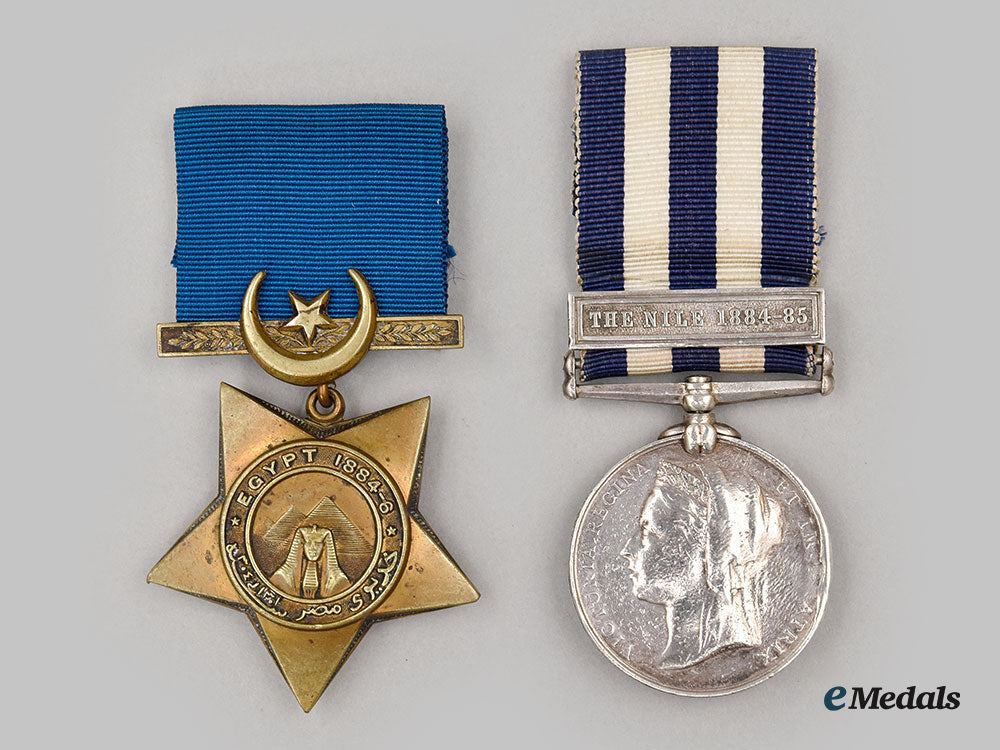

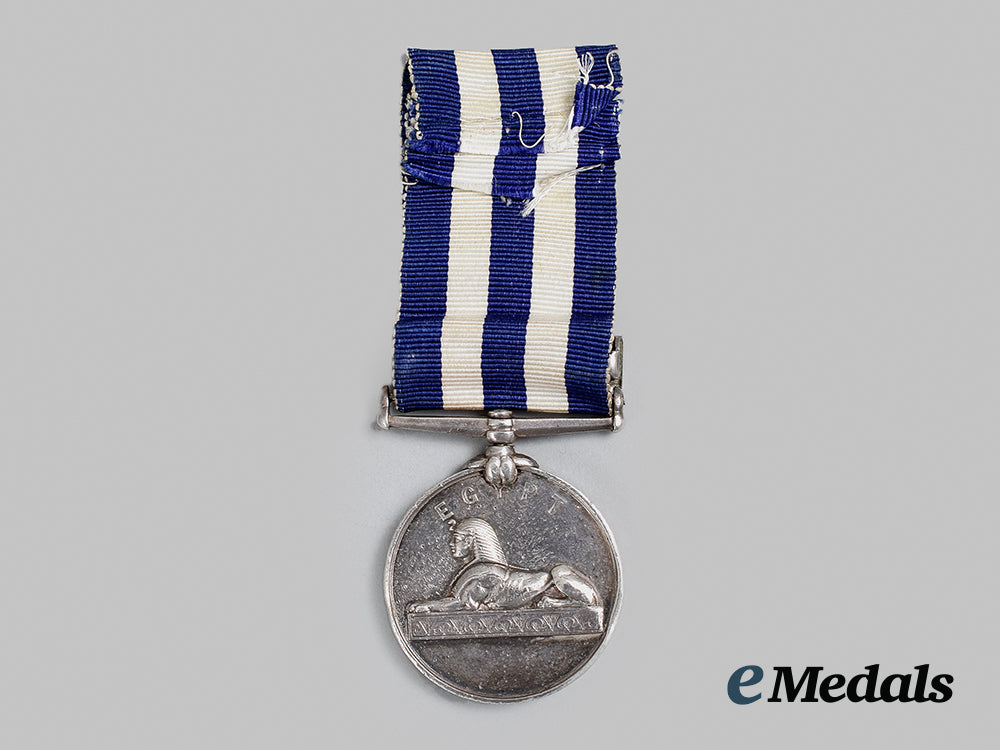
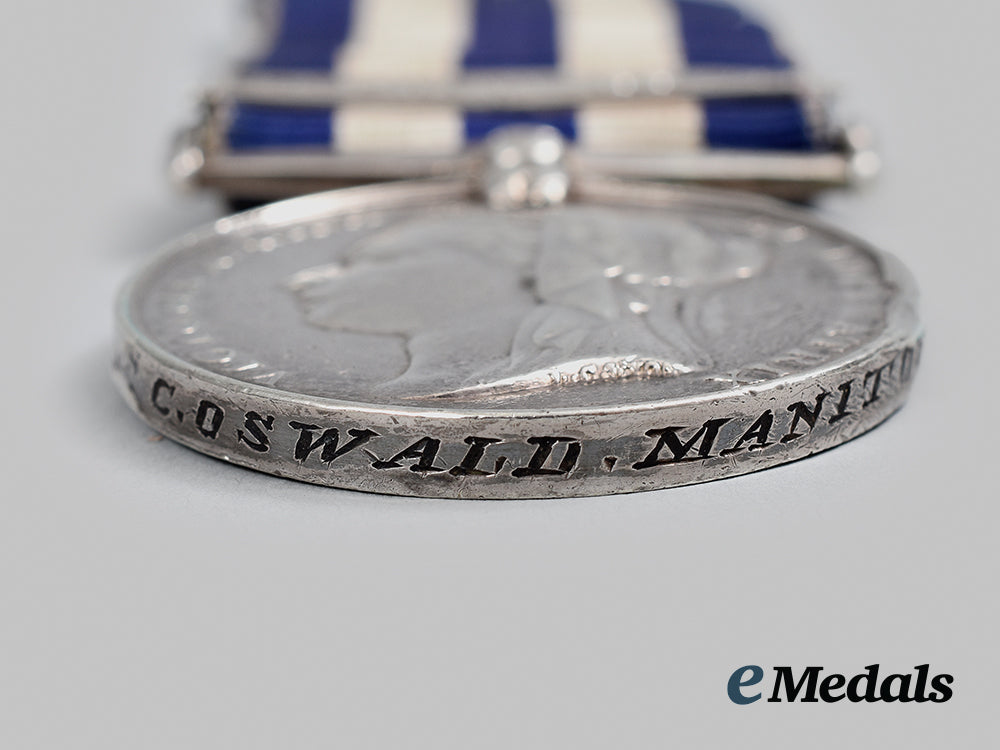
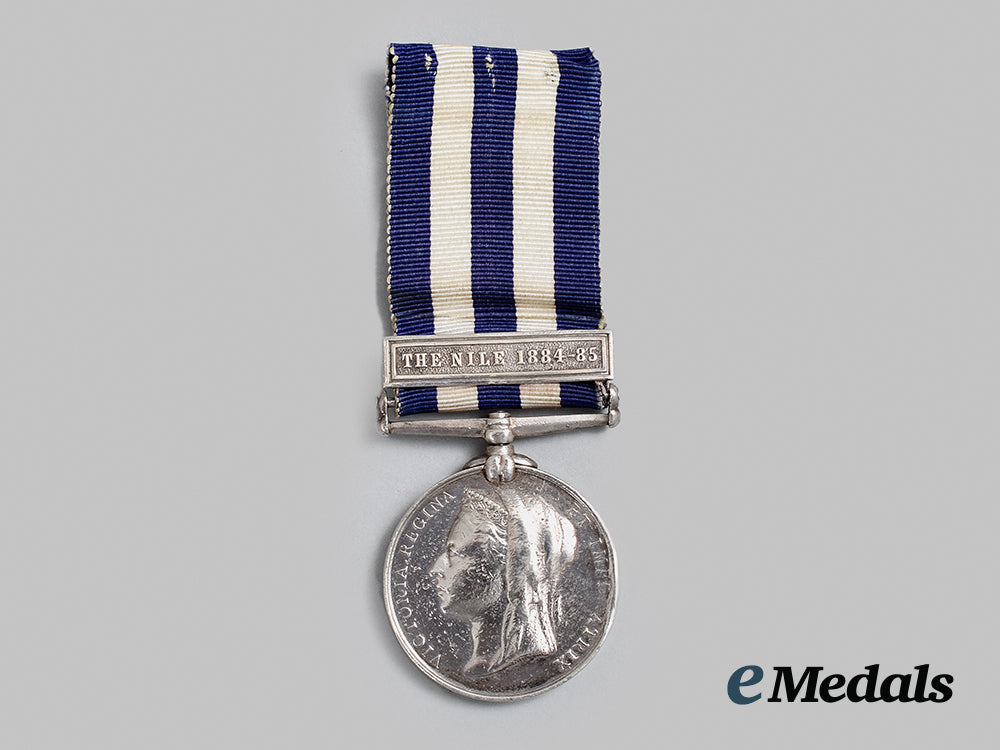
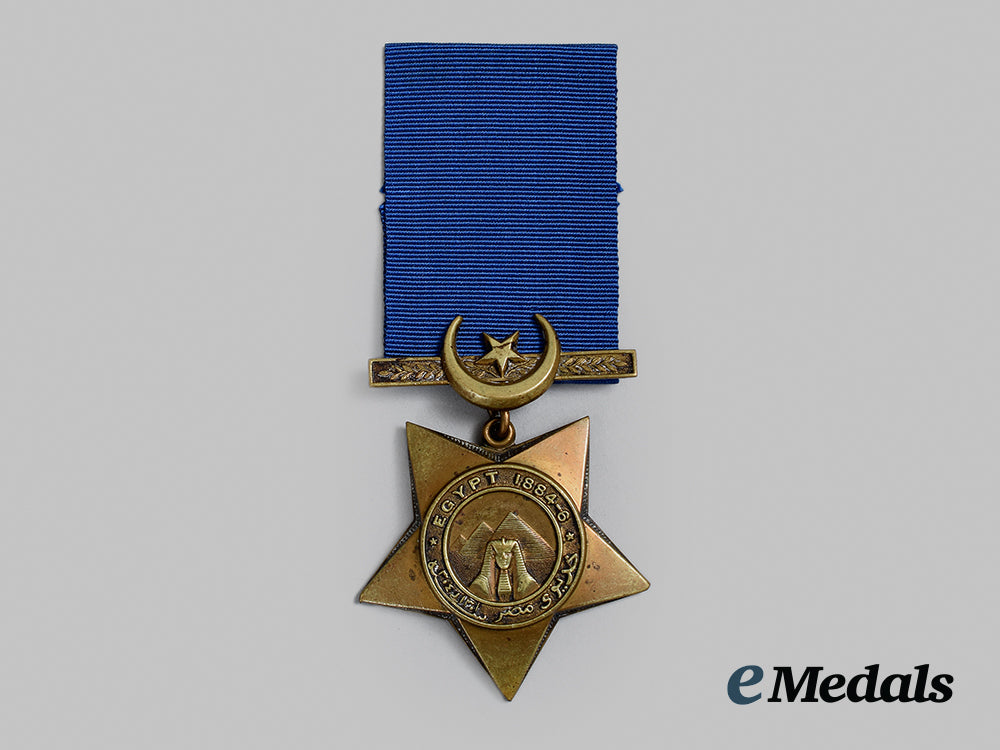
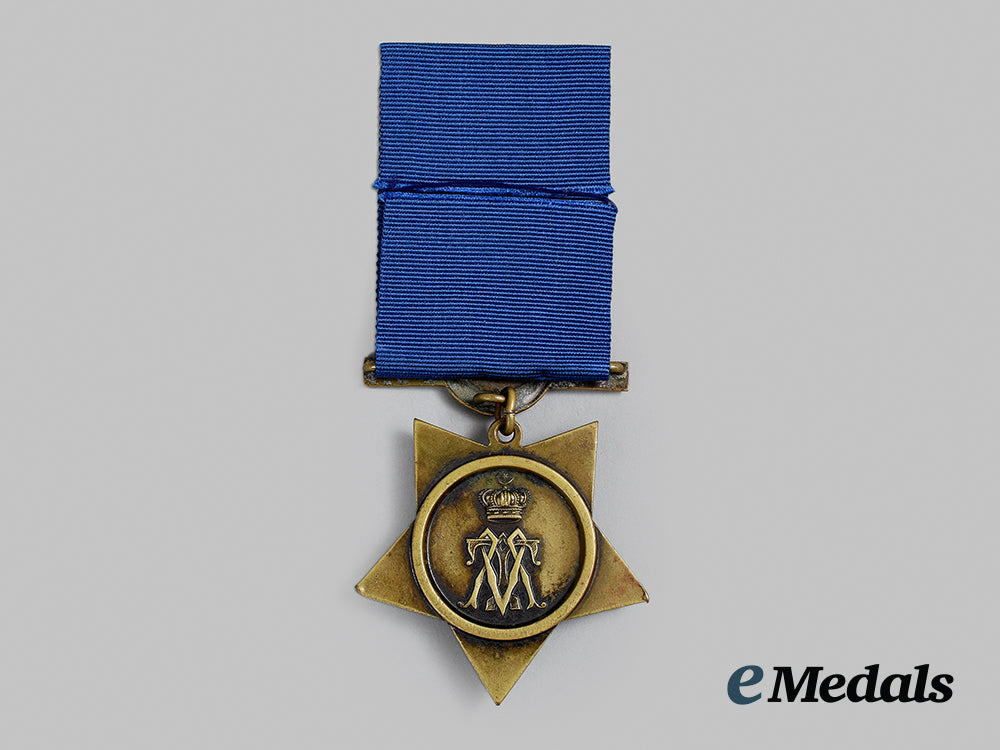
United Kingdom. An Egypt Medal Pair To Boatman C. Oswald, Manitoba Contingent
United Kingdom. An Egypt Medal Pair To Boatman C. Oswald, Manitoba Contingent
SKU: ITEM: M0444-18
Current Bid:
Your Max Bid:
Bid History:
Time Remaining:
Couldn't load pickup availability
Shipping Details
Shipping Details
eMedals offers rapid domestic and international shipping. Orders received prior to 12:00pm (EST) will be shipped on the same business day.* Orders placed on Canadian Federal holidays will be dispatched the subsequent business day. Courier tracking numbers are provided for all shipments. All items purchased from eMedals can be returned for a full monetary refund or merchandise credit, providing the criteria presented in our Terms & Conditions are met. *Please note that the addition of a COA may impact dispatch time.
Shipping Details
eMedals offers rapid domestic and international shipping. Orders received prior to 12:00pm (EST) will be shipped on the same business day.* Orders placed on Canadian Federal holidays will be dispatched the subsequent business day. Courier tracking numbers are provided for all shipments. All items purchased from eMedals can be returned for a full monetary refund or merchandise credit, providing the criteria presented in our Terms & Conditions are met. *Please note that the addition of a COA may impact dispatch time.
Description
Description
Instituted October 1882. In silver, full size, rim engraved 115. BOATN. C. OSWALD. MANITOBA CONTGT., worn on ribbon with THE NILE 1884-85 clasp, wear near the 3 o’clock edge, notable edge knocks, wear on both sides, remains in very fine condition.
Instituted in 1882. In bronze, full size, unnamed, suspended from a bar bearing a crescent moon and star, worn on replacement ribbon, light contact, remains in extremely fine condition.
Footnote: C. Oswald is on the medal roll for the Egyptian Campaigns and was awarded the Egypt Medal and the Khedives Star.
The Expedition was put under the command of General Garnet Wolseley, who had seen service in the Crimean War, Canada, the Gold Coast and Southern Africa. The Expedition was composed of two officers and 43 soldiers from each British Light Cavalry Regiment. Wolseley decided that the best way of reaching Khartoum would be to ascend the Nile River. Based on his favourable experience with them during his expedition along the Red River to Fort Garry (now Winnipeg) in 1869–1870 to suppress the Red River Rebellion, Wolseley asked the Governor General of Canada, the Marquess of Lansdowne, if it would be possible to recruit a contingent of Canadian voyageurs to help him navigate the Nile. He requested that they be commanded by Lieutenant-Colonel Fred C. Denison, who had served as Wolseley’s aide-de-camp during the Red River expedition. The Prime Minister of Canada, Sir John A. Macdonald, did not object once he was assured that the voyageurs were volunteers and would be paid by the British. Denison complied and on 15 September 1884, only 24 days after the request was received, 386 voyageurs set sail for Egypt.
On 7 October 1884, the Canadians reached Alexandria and headed south by a combination of river steamer and train. On 26 October 1884, the Canadians met Wolseley and his force of 5,400 soldiers at Wadi Halfa. By November they were at the first of six cataracts and began their work of ascending the rapids. The southern progress of the expedition sped up with the experienced voyageurs manning the boats. The boats that Wolseley selected were modified Royal Navy whalers. They were almost ten meters long, two meters wide and three-quarters of a meter deep, and were equipped with twelve oars, two masts and a removable rudder. The boats had the capacity for a dozen men along with enough cargo to supply them for a hundred days. In mid-November, the expedition received word from General Gordon that he could only survive the siege for another forty days. The expedition was attacked by rebels at Abu Klea and Abu Cru, but was able to repel the rebels both times. Progress up the river was slow and often the boats had to be pulled through rapids by rope from shore. At several places the strength of the current necessitated several crews pulling one boat. They settled on a method of stationing the voyageurs at difficult stretches along the river, so that each group would become familiar with a particular stretch of water. Realizing that time was running out for General Gordon in Khartoum, Wolseley split his force into two columns. He sent 2,400 men by camel on a 280 km shortcut across the desert to avoid the Great Bend of the Nile and reach the city sooner. The remaining 3,000 soldiers continued up the river. The Canadians’ six-month contracts were soon to expire and they were asked to re-enlist. Though offered generous inducements, only 86 of the voyageurs, including their commander, Denison, signed up for a second six-month contract. The rest elected to return to Canada, hoping to arrive in time for the spring logging season.
This did not halt the expedition, as the worst of the river was already behind them and the smaller number of soldiers travelling by river reduced the need for the Canadians. Denison and his men continued piloting the small boats up the river. General Gordon’s last entry in his journal, dated 14 December 1884, read, “Now mark this, if the Expeditionary Force, and I ask for no more than 200 men, does not come in ten days, the town may fall; and I have done my best for the honour of our country. Good bye.” On 26 January 1885, Khartoum fell to the Mahdist army of 50,000 men. At that time of year the Nile was shallow enough to cross by wading and the Mahdists were able to breach the city’s defences by attacking the poorly-defended approaches from the river. The entire garrison was slaughtered, including General Gordon. His head was cut off and delivered to the Mahdi. Two days later the relief expedition entered the city to find that they were too late.
Description
Instituted October 1882. In silver, full size, rim engraved 115. BOATN. C. OSWALD. MANITOBA CONTGT., worn on ribbon with THE NILE 1884-85 clasp, wear near the 3 o’clock edge, notable edge knocks, wear on both sides, remains in very fine condition.
Instituted in 1882. In bronze, full size, unnamed, suspended from a bar bearing a crescent moon and star, worn on replacement ribbon, light contact, remains in extremely fine condition.
Footnote: C. Oswald is on the medal roll for the Egyptian Campaigns and was awarded the Egypt Medal and the Khedives Star.
The Expedition was put under the command of General Garnet Wolseley, who had seen service in the Crimean War, Canada, the Gold Coast and Southern Africa. The Expedition was composed of two officers and 43 soldiers from each British Light Cavalry Regiment. Wolseley decided that the best way of reaching Khartoum would be to ascend the Nile River. Based on his favourable experience with them during his expedition along the Red River to Fort Garry (now Winnipeg) in 1869–1870 to suppress the Red River Rebellion, Wolseley asked the Governor General of Canada, the Marquess of Lansdowne, if it would be possible to recruit a contingent of Canadian voyageurs to help him navigate the Nile. He requested that they be commanded by Lieutenant-Colonel Fred C. Denison, who had served as Wolseley’s aide-de-camp during the Red River expedition. The Prime Minister of Canada, Sir John A. Macdonald, did not object once he was assured that the voyageurs were volunteers and would be paid by the British. Denison complied and on 15 September 1884, only 24 days after the request was received, 386 voyageurs set sail for Egypt.
On 7 October 1884, the Canadians reached Alexandria and headed south by a combination of river steamer and train. On 26 October 1884, the Canadians met Wolseley and his force of 5,400 soldiers at Wadi Halfa. By November they were at the first of six cataracts and began their work of ascending the rapids. The southern progress of the expedition sped up with the experienced voyageurs manning the boats. The boats that Wolseley selected were modified Royal Navy whalers. They were almost ten meters long, two meters wide and three-quarters of a meter deep, and were equipped with twelve oars, two masts and a removable rudder. The boats had the capacity for a dozen men along with enough cargo to supply them for a hundred days. In mid-November, the expedition received word from General Gordon that he could only survive the siege for another forty days. The expedition was attacked by rebels at Abu Klea and Abu Cru, but was able to repel the rebels both times. Progress up the river was slow and often the boats had to be pulled through rapids by rope from shore. At several places the strength of the current necessitated several crews pulling one boat. They settled on a method of stationing the voyageurs at difficult stretches along the river, so that each group would become familiar with a particular stretch of water. Realizing that time was running out for General Gordon in Khartoum, Wolseley split his force into two columns. He sent 2,400 men by camel on a 280 km shortcut across the desert to avoid the Great Bend of the Nile and reach the city sooner. The remaining 3,000 soldiers continued up the river. The Canadians’ six-month contracts were soon to expire and they were asked to re-enlist. Though offered generous inducements, only 86 of the voyageurs, including their commander, Denison, signed up for a second six-month contract. The rest elected to return to Canada, hoping to arrive in time for the spring logging season.
This did not halt the expedition, as the worst of the river was already behind them and the smaller number of soldiers travelling by river reduced the need for the Canadians. Denison and his men continued piloting the small boats up the river. General Gordon’s last entry in his journal, dated 14 December 1884, read, “Now mark this, if the Expeditionary Force, and I ask for no more than 200 men, does not come in ten days, the town may fall; and I have done my best for the honour of our country. Good bye.” On 26 January 1885, Khartoum fell to the Mahdist army of 50,000 men. At that time of year the Nile was shallow enough to cross by wading and the Mahdists were able to breach the city’s defences by attacking the poorly-defended approaches from the river. The entire garrison was slaughtered, including General Gordon. His head was cut off and delivered to the Mahdi. Two days later the relief expedition entered the city to find that they were too late.
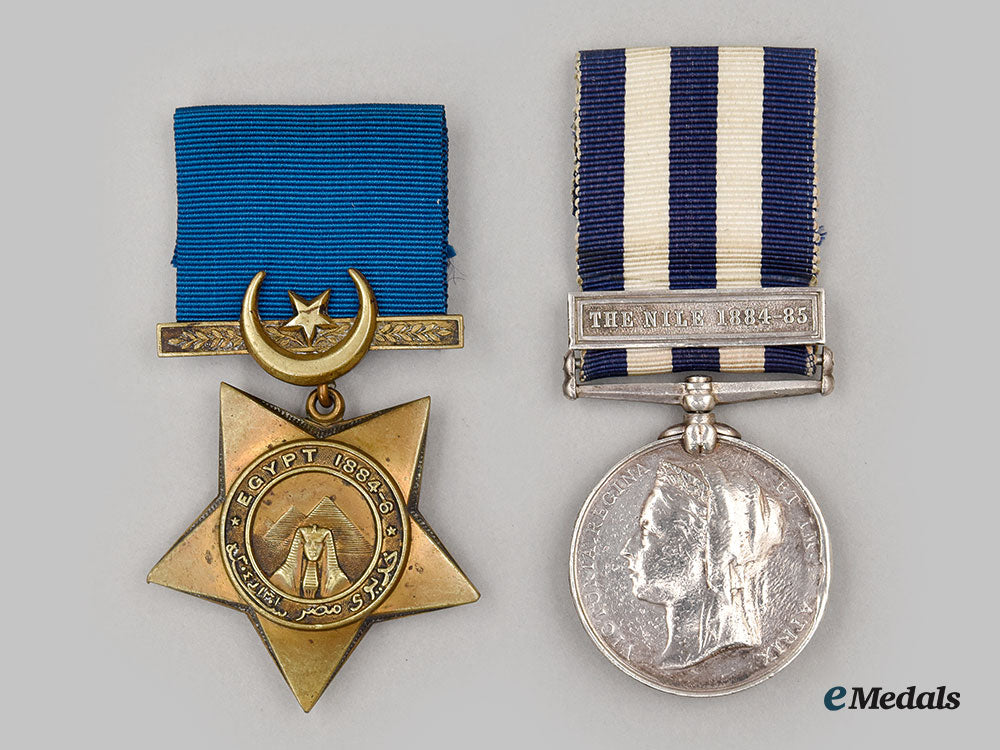
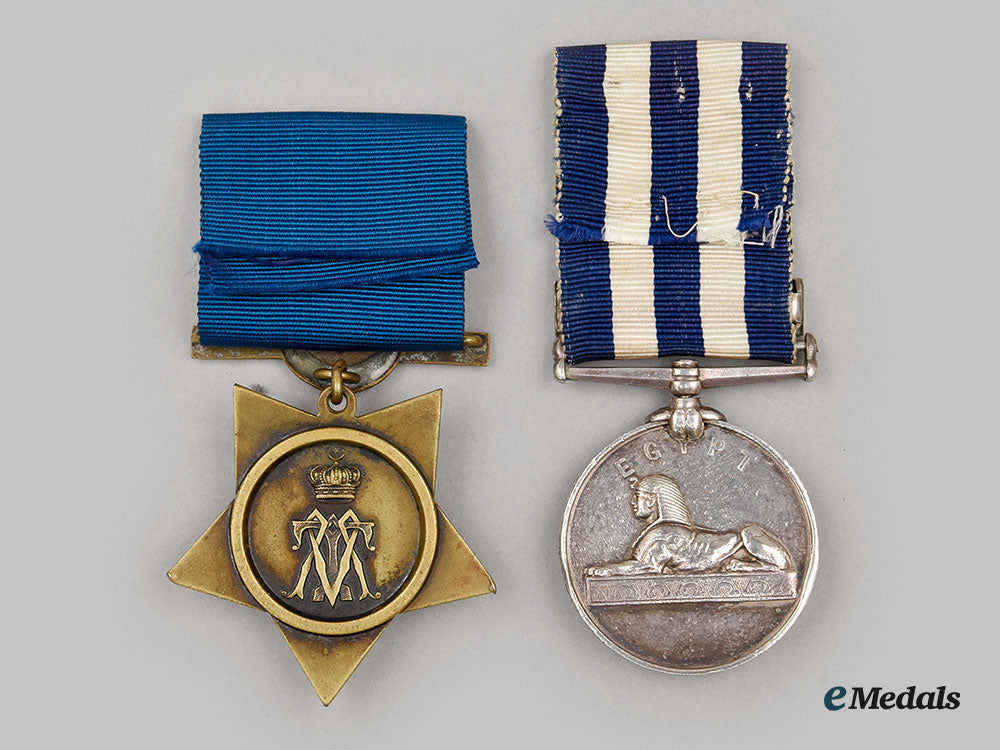
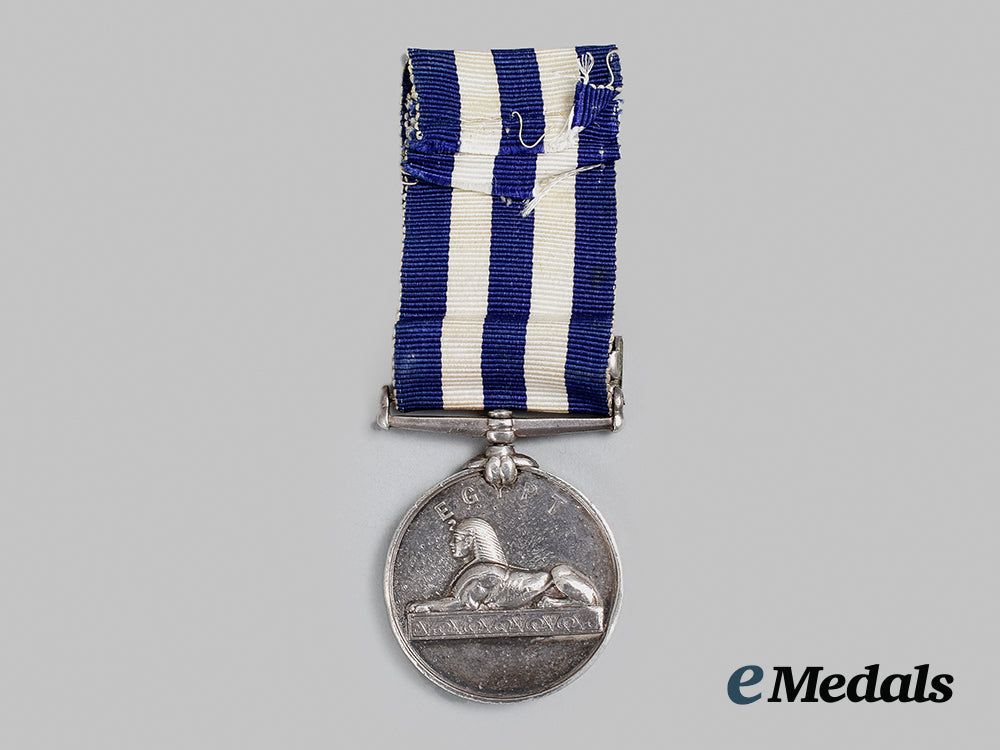

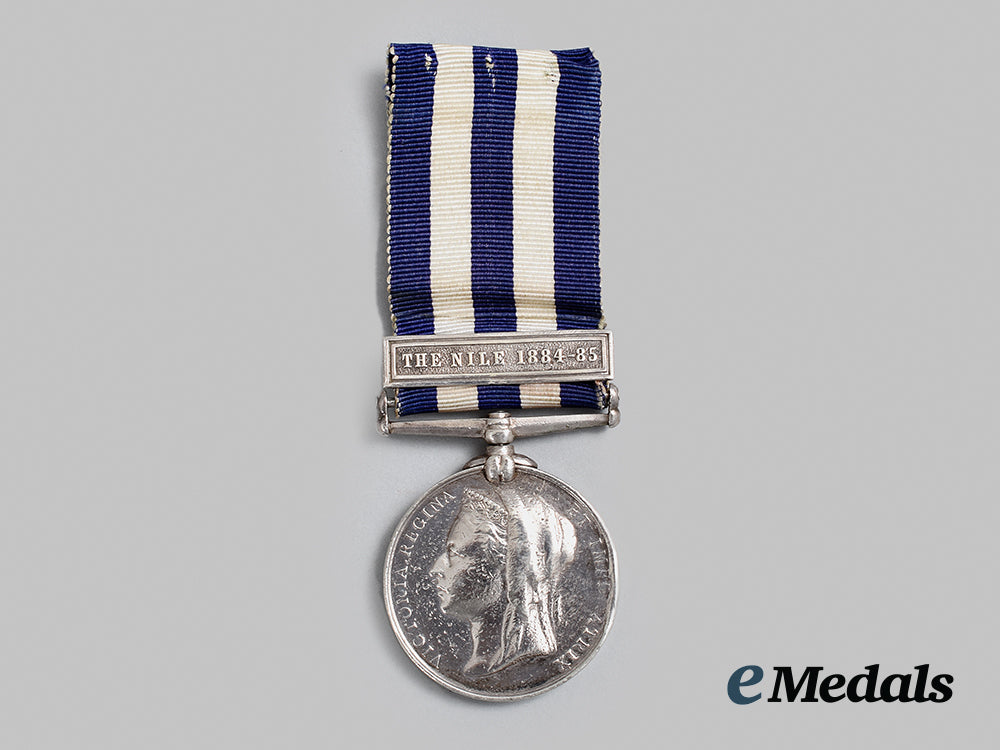
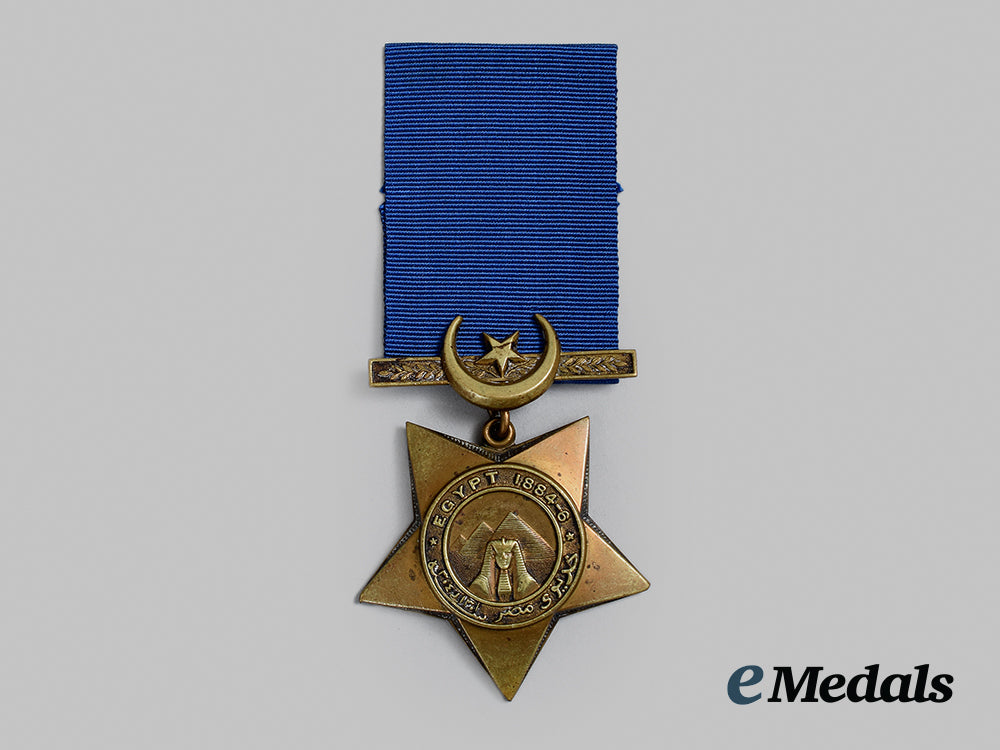
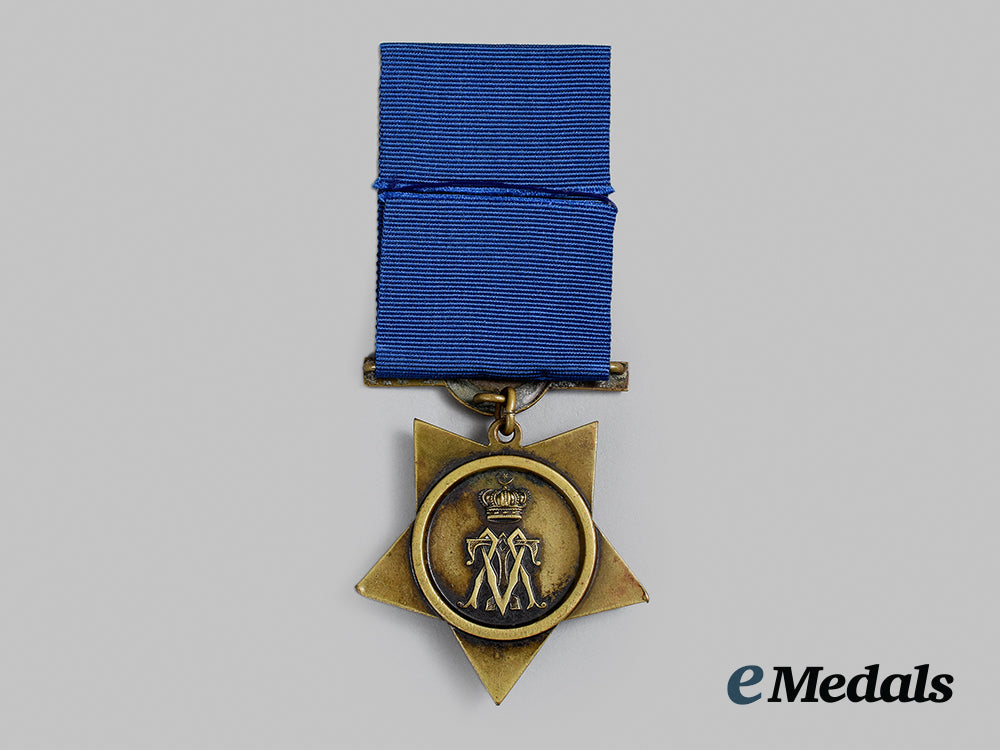
You May Also Like
Germany, SA. A Model 1933 Service Dagger, SA-Gruppe Nordsee, by Friedrich von der Kohlen
G59818
Germany, SA. A Model 1933 Service Dagger, SA-Gruppe Pommern, by Gustav Wirth
G59816
Germany, Third Reich. A Mixed Lot of Tyrolean Marksmanship Badges
G52930
Germany, SS. An Estonian Waffen-SS Volunteer’s Sleeve Shield
G50381
Germany, SS. A Waffen-SS Sturmmann Sleeve Insignia
G52846
-
Germany, SA. A Model 1933 Service Dagger, SA-Gruppe Nordsee, by Friedrich von der Kohlen
G59818
Add to CartRegular price $980 USDRegular price $0 USD Sale price $980 USDUnit price / per -
Germany, SA. A Model 1933 Service Dagger, SA-Gruppe Pommern, by Gustav Wirth
G59816
Add to CartRegular price $980 USDRegular price $0 USD Sale price $980 USDUnit price / per -
Germany, Third Reich. A Mixed Lot of Tyrolean Marksmanship Badges
G52930
Add to CartRegular price $135 USDRegular price $0 USD Sale price $135 USDUnit price / per -
Germany, SS. An Estonian Waffen-SS Volunteer’s Sleeve Shield
G50381
Add to CartRegular price $150 USDRegular price $0 USD Sale price $150 USDUnit price / per -
Germany, SS. A Waffen-SS Sturmmann Sleeve Insignia
G52846
Add to CartRegular price $135 USDRegular price $0 USD Sale price $135 USDUnit price / per
Do you have a similar item you are interested in selling?
Please complete the form and our client care representatives will contact you.
Sell Item


















